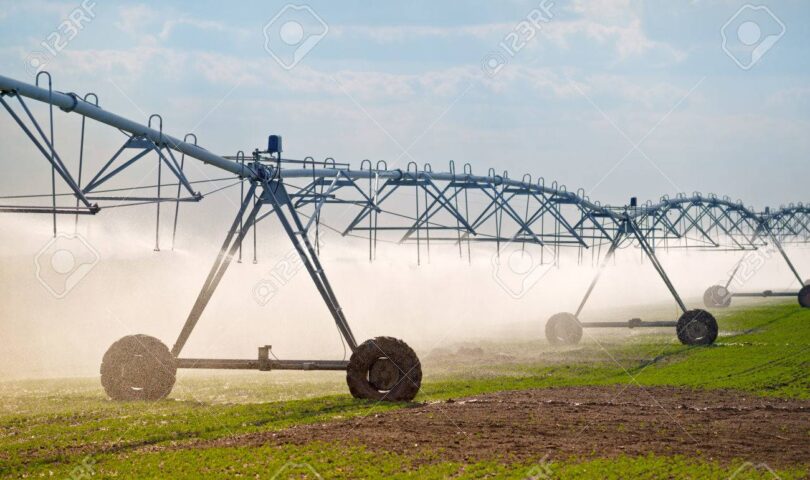One of the most important components to your soil is its organic matter, or the residues of microbes, plants, and animals that are actively decomposing. Soil organic matter is about 50% carbon and 5% nitrogen, among other nutrients that your crops need. It improves water infiltration, soil physical condition, increases water holding capacity, and reduces soil compaction, just to name a few.
Particularly in dry times, water is something that many farmers (and gardeners) constantly keep in mind. Did you know that if you could improve your soil organic matter from 1-3%, you could double your water holding capacity!
So how can you improve the soil organic matter and thus retain more water? There are four basic principles to keep in mind: 1) Grow a diverse crop or variety of grasses, 2) Keep the soil covered, 3) Keep a living root in the ground year-round, and 4) Limit soil disturbance.
Paying attention to Carbon Nitrogen Ratios (commonly referred to as “C:N ratio”) can assist you in this endeavor. Crops such as corn or wheat have a high C:N ratio, while peas, soybeans, radishes, or canola (among others) have a low C:N ratio. As a general rule of thumb, choosing a high ratio to follow a low ratio (or vice versa) will allow the soil organisms to break down the nutrients of the crop once harvested.
While C:N ratios go hand in hand with using crop diversity, another way to build soil organic matter is to keep it covered as much as possible. Residue management is one way, but using a cover crop is another way that is becoming more popular with producers that had never considered it before. Growing a living plant on your soil allows the microorganisms and invertebrates that compose a quality soil to flourish. A common myth is that the more grass species or using a cover crops requires more water. Growing cover crops will also maintain your water holding capacity by keeping the soil cool and moist, even throughout long periods of drought conditions. Cover crops keep weeds from growing, which are heavy water-users and can out-compete many plants. Depending on your goals, there are several different ways to approach cover crops.
Using no-till operations is another way to improve your soil organic matter, and thus your soil health and quality. The less disturbance you create along the surface of the soil, the better your soil will be able to weather through dry or wet periods. When a soil is light and fluffy, it can’t hold together when a strong wind comes, or when a significant rain occurs. Water will not infiltrate tilled soil as easily as undisturbed soil, causing it to run off the field. This is mainly due to the influence you would have on the soil structure. “Light and fluffy” is not ideal when it comes to nutrients, or soil health, structure and quality. Remember, the less disturbance to the soil surface, the better.
Applying excessive amounts of nutrients, whether pesticides or fertilizers, can cause a break in the relationship between the plants you want to grow and the microorganisms that help them grow and depend on the plant’s root system to survive.
Keep in mind that building soil organic matter, even by a single percent, takes time. Be patient! Give the changes that you decide to try time to work. Take care of your soil and it will take care of you.
Submitted by:
Madeleine Cantu
USDA – Natural Resources Conservation Service
District Conservationist – Sault Sainte Marie Field Office
Madeleine.cantu@usda.gov
- Dry conditions spark many weekend wildfires; be careful outside this week - October 22, 2024
- MDOC welcomes largest Officer Recruit Training Academy in almost a decade - October 18, 2024
- Homecoming Win for Sault High - October 14, 2024





